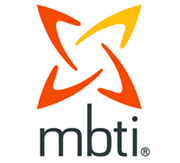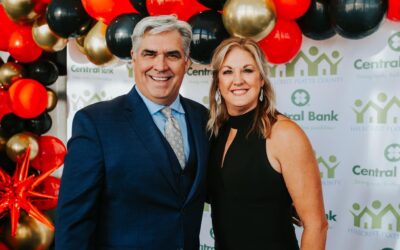Using MBTI® Type to Foster Individual Development
Using MBTI® Type to Foster Individual Development
Remember: While every type has its unique combination of assets, each is also subject to a downside due to potential overuse or rigidity. Continue to leverage your strengths and the strengths of others but seek opportunities to address developmental needs and grow professionally.
- To Extraverts: “Practice Introversion by counting to 10 when you’re feeling especially action-driven or enthusiastic, or reflecting on ideas and plans to fully consider them before acting.”
- To Introverts: “Practice Extraversion by soliciting input from others and seeking assistance with formulating plans, even if you prefer to approach the task independently.”
- To Sensing types: “Practice Intuition by creating a one- to two-page executive summary describing the trends or patterns suggested by the data under consideration.”
- To Intuitive types: “Practice Sensing by using precise, accurate details in a report or project that you don’t believe merits such information.”
- To Thinking types: “Practice Feeling by moving outside your normal range of conversational topics to share some personal facts, details, or insights about yourself.”
- To Feeling types: “Practice Thinking by purposely giving simple, direct, and concise feedback to others.”
- To Judging types: “Practice Perceiving by scheduling one day a month at work to “go with the flow” and noting any value that such flexibility brings.”
- To Perceiving types: “Practice Judging by determining what daily tasks you could do consistently and then developing a routine and sticking to it.”
-
- What behaviors would you like to start, and how might you begin making small steps toward making the requisite changes?
- How might you track your progress to determine what new behaviors or approaches are making a positive impact? Now, consider your own type preferences and how they relate to the way you approach your daily tasks and progress toward your professional goals.
Source: Adapted from Hirsh and Kise, Introduction to Type® and Coaching (1998), pp. 13–14, www.cpp.com
More From Michele
When Setting New Year’s Resolutions: Remember your WHY
By now you have probably already made your New Year's resolutions. Most of us focus on what we want to start doing or what we want to stop doing. We may even do well by creating a schedule or new system in order to achieve this new goal. However, most of us omit...
What is EQ
Many of you that I have worked with me before know that my favorite Emotional Intelligence assessment is the EQ-i 2.0. But first…. what is EQ? In short, Emotional Intelligence is understanding your own emotions and what you're experiencing at that time. Being able to...
Grit and Success
I had the honor of witnessing grit, courage, passion, and leadership this week at the NSBA Worlds Horse Show. At 22 years old, Holly acts as the trainer, groomer, and handler for her four horses. This is a job for more than one person in the equestrian world. ...




